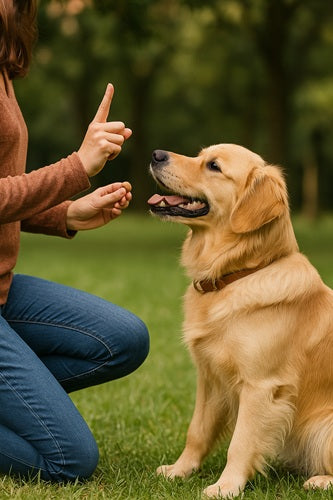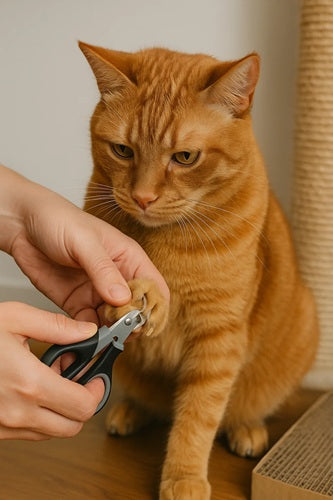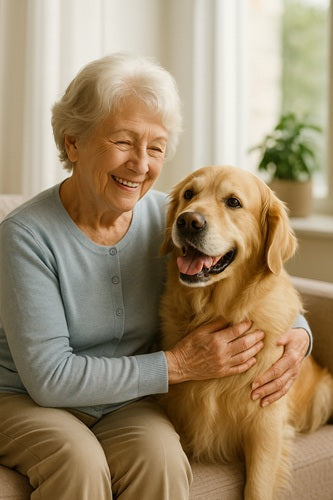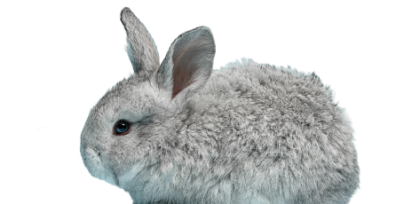Different Ways To Pet-Proof Your Home
Our pets have the habit of being in places they shouldn’t and often put their owners in a state of worry due to their clumsiness. For example, many dogs are known to run around and chew on whatever they get their “paws” on, and cats tend to climb and hide in unusual places. Thus, you need to take every precautionary measure, which is why we recommend you to pet-proof your home. It’s like baby-proofing your home but for pets. We have several ways for you to ensure the safety of your pet’s as well as your belongings. Let’s find out what they are:
Different ways to pet-proof your home
Pet-proofing your home means you need to secure every room in your house where your pet goes. You need to make sure you are pet-proofing objects that are eye level to your pet as well as above them because your pet may want to jump and grab something they shouldn’t. Let’s see what are the most basic AND important objects that need to be pet-proofed and how:
Electrical objects:
Almost all of the rooms in our house have a power outlet where we connect different electrical objects such as chargers, appliances, computers, etc. If the cords of any of these are in the viewpoint of our pet, they can easily chew on it. To avoid your pet chewing through the plastic coating of the cord and getting electric shock, bundle up the long cord, tie them and cover them up. You can also restrict their access to wires by attaching the wires to the wall or furniture, or tucking it out of reach. For extra measures, get electrical socket guards that can be easily installed.
Furniture:
Dogs, especially puppies, use our furniture as chewing objects and cats use them to hide in, play or scratch. If the furniture is wooden, it is possible that while chewing, its splinter may get stuck inside your pet's mouth which can be extremely painful. To prevent your pet from chewing on them, it is recommended to spray on some liquid deterrent to deter your pet. Furthermore, furniture with sharp edges such as many coffee or dining tables, are also potentially hazardous if not paid attention . It is important to cover such edges with corner protectors.
Kitchen products:
There's no denying that pets can't resist food and our kitchen can be a mess when cooking which would lead to our pets eating the crumbs off the floor or trying to climb up the counter to have a taste. However, not many human foods are harmless to pets. To prevent your pet from eating such foods you should keep your counters clear of food and clean the area after cooking anything. Store food in closed cupboards, drawers or the pantry to prevent your pet from ingesting potentially harmful foods. Another way is to not let your pet come into the kitchen at all. You can do this by installing railings/gates by the kitchen entrance(if there's no door).
Bathroom products:
Products such as detergents, soap, shampoos, bleach, etc are some of the common products to keep in the bathroom but if you have a pet who tends to wander off into the bathroom for leisure, you may have to take some precautions. The above mentioned products, if ingested, are harmful to pets, therefore to avoid such incidents, it is best to keep these products high on a shelf, away from your pet's reach. Ensure the caps are tightly sealed to prevent any accidental leakage which can lead to your pet licking it off the floor. Many pets are smart and know to avoid such things but in any case, prevention is better than cure, right? Additionally, it is recommended to keep the toilet seat locked down if not in use or your pet might think it's okay to drink from it. If you use hair appliances in the bathroom, remember to put it back in its place once you're done using them.
Others:
Let's see some additional precautions you may need to take:
Glass objects are highly dangerous, so objects such as vases, drinking glasses, mirrors, and glass plates should be kept out of your pet's reach, especially if you have an energetic runner around your house.
Toxic plants should be kept in places your pets can't reach or avoid keeping in the house, if possible.
Windows should only be slightly opened if there are no safety grills installed and if the window is within your pet's reach.
Candles and essential oil diffusers should be kept up high and out of your pet's reach. You don't want your pet to accidentally knock over a lit candle and start a fire or ingest scented oils.
Wardrobes and closets should be kept closed after use as you never know when your kitty might feel like taking a nap inside.
Pet-proofing your home is a way to ensure your pet's safety as well as keeping your house from being your pet's playground. As cats are known for their clumsiness and many dogs are too energetic, pet-proofing is a good idea.








